The World’s Best Forest Guardians: Indigenous Peoples
Indigenous peoples and local communities have an unsurpassed connection to the Earth's forests. ... Continue Reading
Home / Issues / Human rights / Indigenous communities / Page 5
Indigenous peoples have an unsurpassed connection to the Earth’s forests. They manage at least one quarter of the world’s lands, home to approximately 80 percent of our planet’s biodiversity. Even with their often-limited access to financial resources or legal support, Indigenous peoples have proven to be the best guardians of the world’s forests.
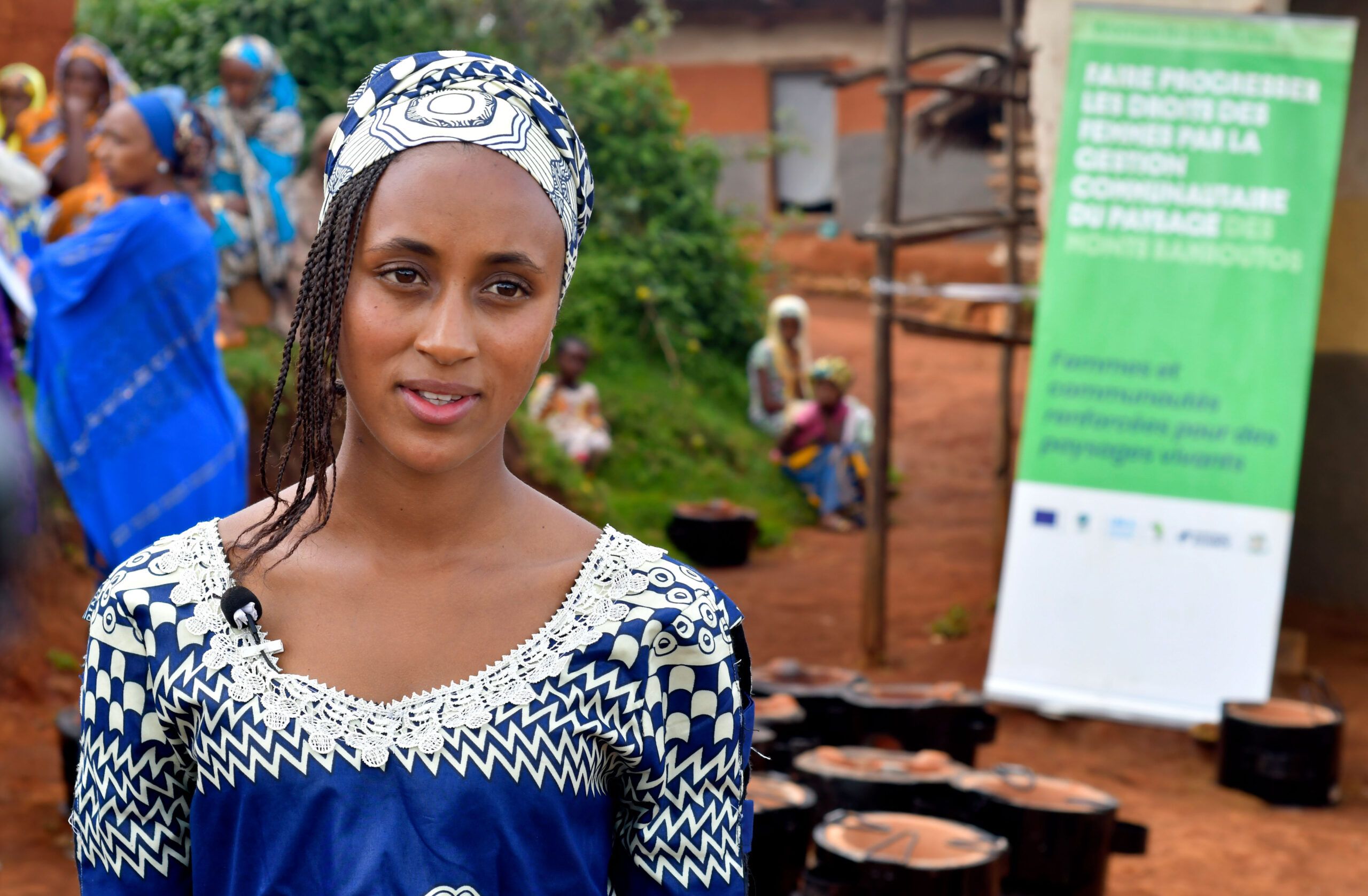
The Rainforest Alliance has always made it a priority to partner with—and learn from—Indigenous peoples. We support the conservation efforts and livelihoods of Indigenous peoples through our landscape and community programs, by providing technical assistance and facilitating market connections for their businesses, which are rooted in their traditional ecological knowledge and exemplary land stewardship practices.
Watch this video to learn about Warmi Awadora, a brand of Kichwa women weavers in Peru who are improving their livelihoods while preserving their cultural heritage.
Watch this video about the people of Madre de Dios, who have developed forest-friendly enterprises that support conservation and guard against environmental threats.
Learn about how the Forest Allies community of practice can help your company recognize Indigenous peoples as effective forest stewards and future business partners.
Read this paper to discover our principles and strategies for stopping forest degradation and supporting forest communities in vulnerable tropical regions.
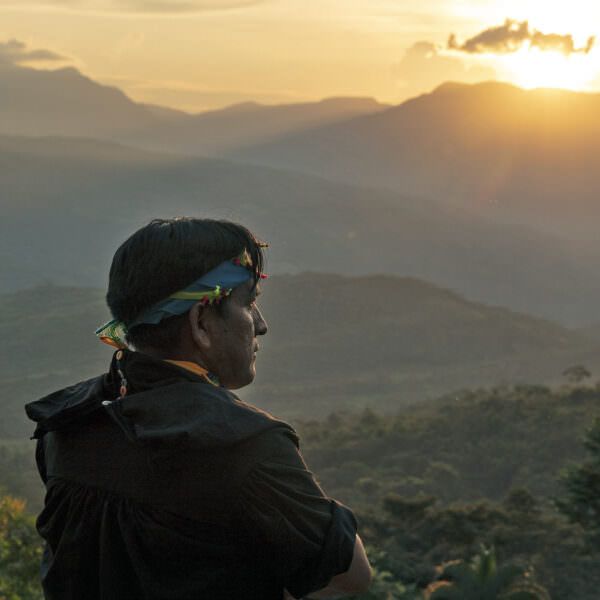
Indigenous peoples and local communities have an unsurpassed connection to the Earth's forests. ... Continue Reading
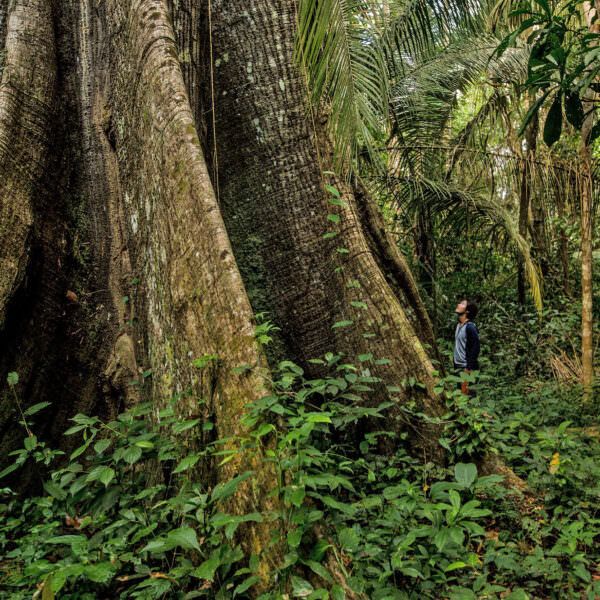
Peru: Where indigenous knowledge, climate science, and global markets meet.... Continue Reading

Sustainably harvested wood is at the heart of this new business run by indigenous Maya women.... Continue Reading
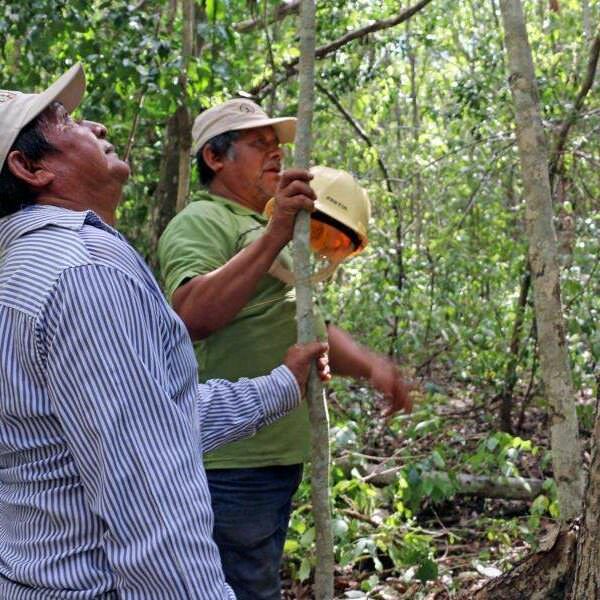
An innovative new project puts indigenous and local communities in the driver's seat. ... Continue Reading

After decades of struggle for land rights, Peru’s indigenous communities now own approximately 15 million hectares of the country’s roughly 70 million hectares of mega-diverse Amazon forestlands. While securing rights is a key first step, tenure alone will not keep forests standing. Growing global demand for gold, petroleum, cocoa, timber, and oil palm is causing widespread deforestation and environmental degradation in indigenous territories. Expansion of these industries–typically without...... Continue Reading
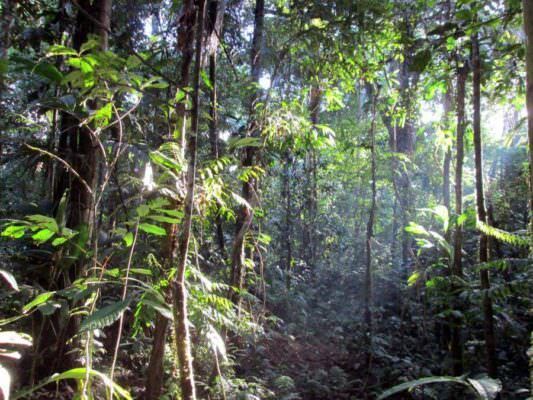
The only realistic way to conserve forests is to apply sustainable forest management practices.... Continue Reading
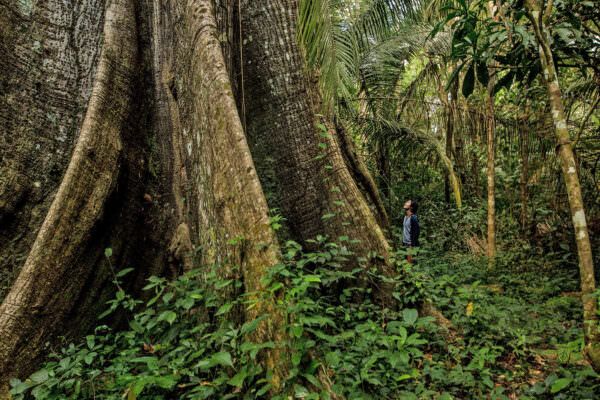
The people of Madre de Dios are sustainably managing more than 197,000 acres (80,000 hectares) of forest.... Continue Reading

A Case Study of Work with Tres Islas Native Community (Madre de Dios, Peru) The last two decades have seen a marked shift towards decentralized forest management in developing countries. Upwards of 30 percent of forests in the tropics is now under some form of local control (RRI 2014). Most of this area is located in […]

Mexico is characterized by a strong community forestry sector. The Mexican Revolution (1910-1917) introduced an agrarian reform process implemented in successive waves during the 20th century. Over a period of 70 years, lands nationwide were titled to two types of rural communities—ejidos and indigenous communities—which now collectively hold an estimated 60.3 percent of the national […]

This report is the second of ten case studies produced as part of a community forestry project in Guatemala, Honduras, Mexico, Nicaragua, and Peru. The study chronicles work undertaken with indigenous Miskitu communities in the Kruta-Caratasca basin, at the extreme eastern tip of Honduras, to manage and market batana oil, a non-timber forest product that […]